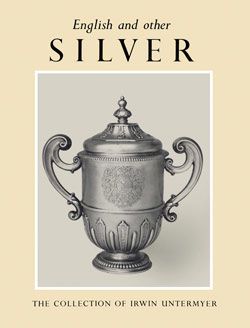Mustard pot
Not on view
During the eighteenth century, mustard was served at the table either as a dry powder or mixed with vinegar to form a paste or sauce. The dry powder was contained in a caster left un-pierced or fitted with a removable sleeve that blocked the holes. Most of the mustard pots in the Museum’s collection were made to serve the condiment mixed into a sauce; they take the form of a small jug barely distinguishable from a lidded milk jug with a spout. Some lidded pots have an opening to accommodate a small spoon.
The three mustard pots in the collection made by the silversmith Alexis Micalef (48.187.132; 48.187.279; and 68.141.187) all display the rounded, voluptuous forms of the Rococo but this is the only one in the MMA’s significant collection to be made of silver gilt.
By the mid-18th century, mustard pots were also made in porcelain. Indeed, the journals and inventories of the Paris luxury dealers, the marchand merciers, itemize many more mustard pots made of ceramics than of silver, and often were listed as having a plateau and a spoon. Rarely do these survive in silver, although some precious metal examples had a matching plateau as recorded in the account books of the marchands merciers.
Due to rights restrictions, this image cannot be enlarged, viewed at full screen, or downloaded.
This artwork is meant to be viewed from right to left. Scroll left to view more.




